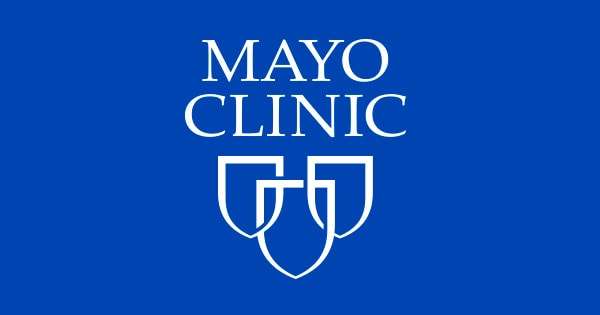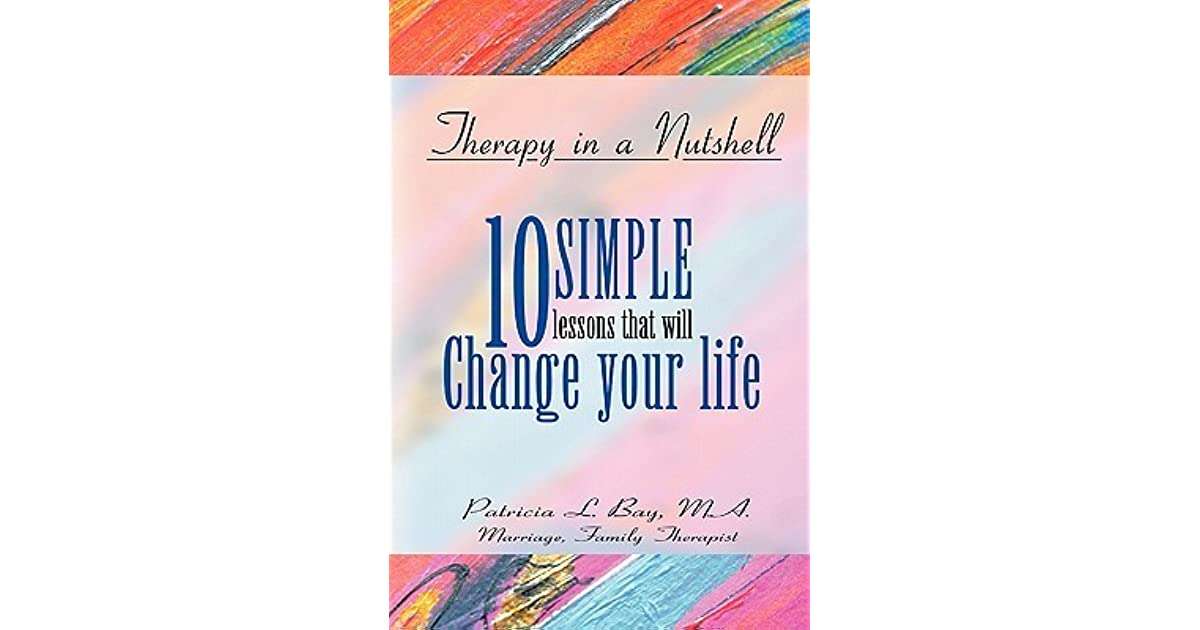You can access a free copy of their journal article here .
Internet Editor’s Note: Drs. Leichsenring and Salzer recently published an article titled “A meta-analysis of psychodynamic psychotherapy outcomes: Evaluating the effects of research-specific procedures” in Psychotherapy.
Overcoming the Narcissism of Small Differences
Anxiety disorders represent a significant public health concern due to their prevalence, associated impairment and economic impact (Gustavsson et al., 2011; Wittchen et al., 2011). Various empirically supported methods of psychodynamic therapy for the treatment of anxiety disorders are available (a review was recently given by Leichsenring, Klein, and Salzer, 2014).
In clinical practice, you may come across a patient diagnosed with both a social anxiety disorder and a comorbid panic disorder. So what treatment approach to apply? Malan’s (1979) brief psychodynamic therapy supported by Knijnik et al. (2004) and Bögels et al. (2014)? Or the concept by Leichsenring, Beutel, and Leibing (2007) based on Luborsky´s (1984) supportive expressive therapy? Or should we apply the concept of panic-focused psychodynamic therapy by Busch et al. (2012) which has proven to be efficacious in panic disorder (Milrod et al., 2007) and has been extended to other anxiety disorders? In the training of psychotherapists, we are confronted with a similar problem.
Is it necessary that candidates learn to apply all empirically supported treatment concepts for the different mental disorders?
Moving Towards Transdiagnostic and Modular Treatments
To address these problems, psychotherapy research is moving its focus from single-disorder approaches towards transdiagnostic and modular treatments (e.g. Barlow, Allen & Choate, 2004; McHugh, Murray & Barlow, 2009). The rationale for transdiagnostic treatments focuses on similarities among disorders, particularly in a similar class of diagnoses (e.g., anxiety disorders) including high rates of comorbidity (e.g., Kessler et al., 2005) and improvements in comorbid conditions when treating a principal disorder (e.g. Barlow, Allen & Choate, 2004; McHugh, Murray & Barlow, 2009; Norton & Phillip, 2008).
Empirical Support for Transdiagnostic Treatment
Psychodynamic therapy has proven to be efficacious in anxiety disorders (Keefe et al., 2014; Leichsenring, Klein & Salzer, 2014). However, a unified and transdiagnostic protocol that integrates principles of empirically supported treatments has not existed so far.
The available evidence for psychodynamic therapy in specific mental disorders comes from randomized controlled trials (RCTs) that used different treatment concepts (Leichsenring, Klein & Salzer, 2014). This implies that the evidence for psychodynamic therapy is “scattered” between the different forms of psychodynamic therapy, not only for anxiety disorders, but for other mental disorders as well (Leichsenring, Klein & Salzer, 2014).
Interestingly, it was for this very reason that psychodynamic therapy was judged as only “possibly efficacious” (Chambless and Hollon, 1998) – to be judged as “efficacious” at least two RCTs are required in which the same treatment is effectively applied to the same mental disorder (Chambless & Hollon, 1998).
Overlapping Characteristics of Psychodynamic Therapies
Psychodynamic therapy shows several characteristics that facilitate the development of a unified psychodynamic protocol:
(1) Psychodynamic psychotherapy is transdiagnostic in origin
Psychodynamic psychotherapy is traditionally not tailored to single mental disorders or specific symptoms. It focuses on core underlying processes of disorders; that is, on unresolved conflicts or structural deficits defined as impairments of ego-functions (e.g., affect regulation, mentalization, internalized object relations or insecure attachment). Thus, psychodynamic therapy is transdiagnostic in origin.
(2) Psychodynamic treatment manuals have a modular format
Treatment manuals for psychodynamic therapy typically have a modular format allowing for a flexible use. This is especially true for the available manual-guided psychodynamic treatments for anxiety disorders (e.g., Busch et al., 2012; P. Crits-Christoph et al., 1995; Leichsenring, Beutel & Leibing, 2007). By the modular format, both the course of treatment and individual differences between patients (e.g., patient motivation, severity of pathology) can be taken into account. The modular format also allows the “dose” of each treatment element to be adapted to each individual patient’s needs.
(3) Manual-guided methods of psychodynamic therapy for anxiety disorders have core treatment principles in common
The available evidence-based forms of psychodynamic therapy for anxiety disorders have several core principles in common that outweigh the differences between the treatments. This applies to the treatment of panic disorder with and without agoraphobia (Busch et al., 2012; Wiborg & Dahl, 1996), generalized anxiety disorder (P Crits-Christoph et al., 1995)and social anxiety disorder (Bögels et al., 2014; Knijnik et al., 2004; Leichsenring, Beutel & Leibing, 2007).
Developing a Unified Protocol for the Psychodynamic Treatment of Anxiety Disorders
We are here proposing a unified psychodynamic protocol for anxiety disorders (UPP-ANXIETY) that integrates the treatment principles of those methods of psychodynamic therapy that have proven to be efficacious in anxiety disorders.
The term “unified” refers to several aspects that are integrated:
(a) different treatment principles used by different empirically supported methods of psychodynamic therapy in
(b) various types of anxiety disorders were integrated within a unified protocol for
(c) a diagnostic class of anxiety disorders, thus
(d) also contributing to “unifying” the evidence of psychodynamic therapy and enhancing the evidence-based status of psychodynamic therapy .
In addition, this protocol is transdiagnostic implying that is it is applicable to various forms of anxiety disorders and related disorders (generalized anxiety disorder, social phobia, panic disorders, avoidant personality disorder). Based on supportive-expressive therapy (Luborsky, 1984), the UPP-ANXIETY represents an integrated form of psychodynamic therapy that allows for a flexible use of empirically supported treatment principles.
The 9 treatment principles (modules) of UPP-ANXIETY:
- socializing the patient for psychotherapy
- motivating and setting treatment goals
- establishing a secure helping alliance
- identifying the core conflict underlying anxiety
- focusing on the warded-off wish/affect
- modifying underlying internalized object relations
- changing underlying defences and avoidance
- modifying underlying response of self;
- termination and relapse prevention.
Summary and Benefits
The benefits of a unified and transdiagnostic protocol for the psychodynamic treatment of anxiety disorders include:
- Integration of the most effective treatment principles of empirically supported psychodynamic treatments for anxiety disorders which can be expected to further improve the efficacy of psychodynamic therapy
- Enhancement of the evidence-based status of psychodynamic therapy by aggregating the evidence
- Facilitation of both training in psychodynamic therapy and transfer of research to clinical practice, thereby significantly impacting the health care system
Everyone experiences anxiety. But people with generalized anxiety disorder (GAD) are frequently distracted by their worries, avoidant of activities that might stir up the anxiety, and “on edge” without explanation. In most cases of GAD, the anxiety negatively impacts the individual’s relationships and/or performance at school or work.
Treatment for GAD aims to help people feel better mentally and physically and to increase engagement with the people, places, and situations that previously elicited worry.
Given the far-reaching effect that anxiety can have on day-to-day functioning, even low-grade anxiety that does not meet the threshold for a firm diagnosis can be worth working on.
:max_bytes(150000):strip_icc()/generalized-anxiety-disorder-treatment-4171993-004f467a34c4479d8c50a74707e59477.png)
Verywell / Cindy Chung
Press Play for Advice On Dealing With Anxiety
Hosted by Editor-in-Chief and therapist Amy Morin, LCSW, this episode of The Verywell Mind Podcast, featuring radio host Charlamagne Tha God, shares how to manage anxiety. Click below to listen now.

Subscribe Now: Apple Podcasts / Spotify / Google Podcasts
Psychotherapy
Psychotherapy is a popular form of treatment for GAD. “Talk therapy” can be performed by a variety of mental health professionals, and though the approaches described below can overlap, they are guided by differing theories and emphases.
Cognitive Behavioral Therapy
Cognitive behavioral therapy (CBT) is the gold standard of psychotherapy and one of the most popular treatments for GAD. Proven to work for adults just as effectively as it does for younger patients, CBT focuses on present difficulties and current situations. CBT is typically a short-term, structured treatment that focuses on the interplay between the conscious thoughts, feelings, and behaviors that perpetuate anxiety.
Acceptance and Commitment Therapy
Acceptance and Commitment Therapy (ACT) is another present- and problem-focused talk therapy used to treat GAD. Although similar to CBT, the goal of ACT is to reduce the struggle to control anxious thoughts or uncomfortable sensations and increase involvement in meaningful activities that align with chosen life values. ACT can produce symptom improvement in people with GAD, and may be a particularly good fit for older adults.
Other Talk Therapies
Two other types of “talk therapy”—psychodynamic therapy and interpersonal psychotherapy—can also be used in the treatment of GAD.
Psychodynamic psychotherapy, also known as insight-oriented therapy, is based on the idea that thoughts and emotions that are outside of our consciousness (i.e., outside of our awareness) can lead to internal conflict and manifest as anxiety.
Interpersonal psychotherapy (IPT) is a time-limited, present-focused treatment based on the assumption that symptoms may be caused or maintained by problems in relationships, and that resolving these problems can help reduce symptoms.
1:20
Watch Now: 7 Ways to Reduce Your Anxiety
Medication
Medications for anxiety work by interacting with brain chemicals called neurotransmitters. Particular medications may block the absorption or enhance the action of one or more of these chemicals.
The different types of medications used in the treatment of anxiety include:
- selective serotonin reuptake inhibitors (SSRIs)
- serotonin and norepinephrine reuptake inhibitors (SNRIs)
- anxiolytics
- tri-cyclic antidepressants
Also, another “older” category of antidepressants—monoamine oxidase inhibitors (MAOIs)—are sometimes used.
Antidepressants have a well-documented ability to help with GAD symptoms, but they can take several weeks to take effect. SSRIs, such as sertraline (Zoloft) or fluoxetine (Prozac), are typically considered a good, first-line choice for the treatment of GAD because they are relatively safe medications that tend to be well tolerated by individuals.
Anxiolytics, such as benzodiazepines, do not treat the underlying cause of anxiety, but they are effective in the treatment of symptoms. However, this class of medication has some notable drawbacks, including potential side effects like sedation and a tendency to be habit-forming. Buspirone (Buspar) is one medication in this class that is approved for the treatment of GAD and is not known to be habit-forming. There is some evidence that buspirone may also help augment antidepressants.
Tricyclic antidepressants are an older type of antidepressants that are used less commonly because they may carry some potentially significant side effects.
Self-Help
Self-help refers to less formal approaches that address anxiety symptoms with limited (or no) guidance. For example, there are several self-help books that provide help in a step-by-step format and closely mirror evidence-based psychotherapies for GAD, such as CBT or ACT.
With the advent of smartphone technology and the rising popularity of interactive applications, there are now also electronic self-help options that deliver programs informed by evidence-based GAD treatment. There are also applications available with circumscribed, do-it-yourself anxiety-busting tools, like relaxation techniques and mindfulness meditation exercises.
The Best Option for You
Speaking with a clinician—a physician or mental health provider—is the best way to figure out next step(s). Depending on the nature and extent of the anxiety symptoms, one or a combination of the approaches described above may be useful.
In general, mild or intermittent anxiety may improve with the use self-help resources. Self-help resources are also a good option for those wishing to pursue an evidence-based psychotherapy who lack access to specialized care. Self-help options can also be used in conjunction with ongoing treatment, or to prevent relapse and promote continued progress after the conclusion of a course of psychotherapy.
If your symptoms are persistent, are impacting your day-to-day functioning and/or the important relationships in your life, or are clearly noticeable to others, then more formal treatment is worth considering.
For anxiety of a moderate to a severe degree, a course of psychotherapy may be indicated. Medications can help with persistent anxiety of any degree.
When considering psychotherapy versus medication, it is important to note that psychotherapy may take longer to bring symptom relief than medication, but its effects can also be longer lasting (i.e., the insight and skills learned in psychotherapy are retained after treatment ends). And for some individuals with GAD, maximizing treatment—taking medication and participating in psychotherapy—maximizes results.
Making the decision that’s right for you is really a process of ongoing assessment. If you select a self-help approach, be aware that persistent or worsening symptoms are indicators that you would benefit from an in-person evaluation by a clinician.
With medication or psychotherapy treatment, find a provider you trust and ask questions to fully understand what type of treatment you will be receiving as well as its risks and benefits (You can read more on deciding if medication is right for you here).
When pursuing treatment of any kind, it is important to be patient and to participate in regular monitoring of symptoms (and, in the case of medication treatment, side effects) with your clinician.
A Word From Verywell
While the symptoms associated with GAD are undeniably uncomfortable, the good news is that they are treatable. The treatments described above will take work, but the work will pay off in the form of relief and respite from anxiety and worry.



